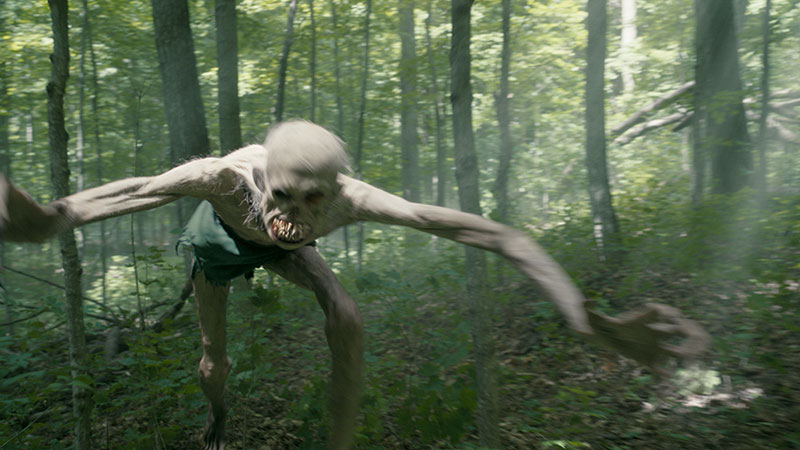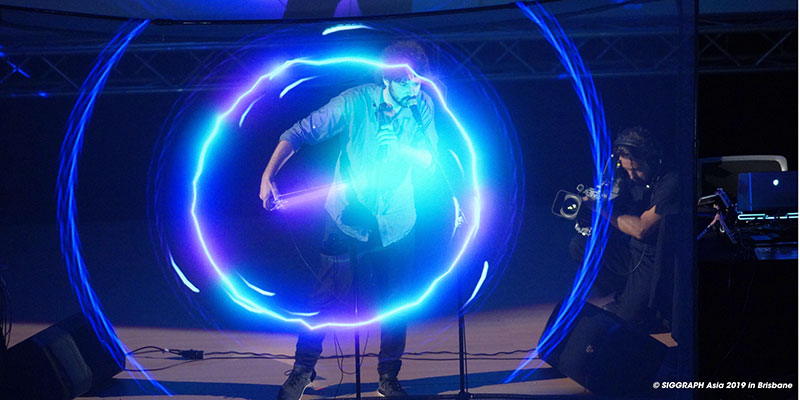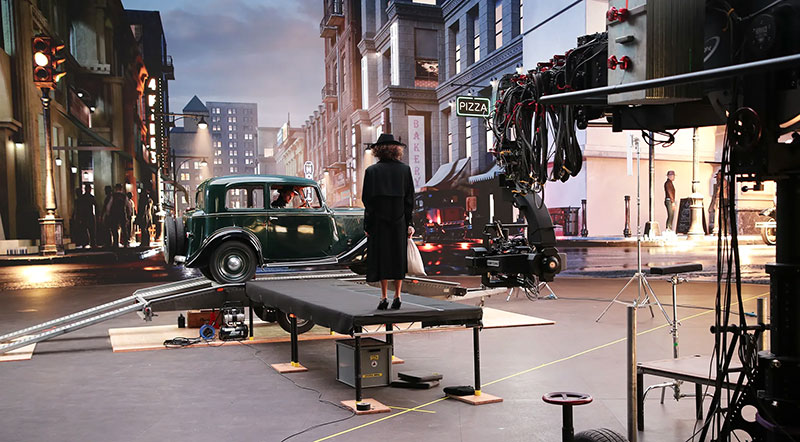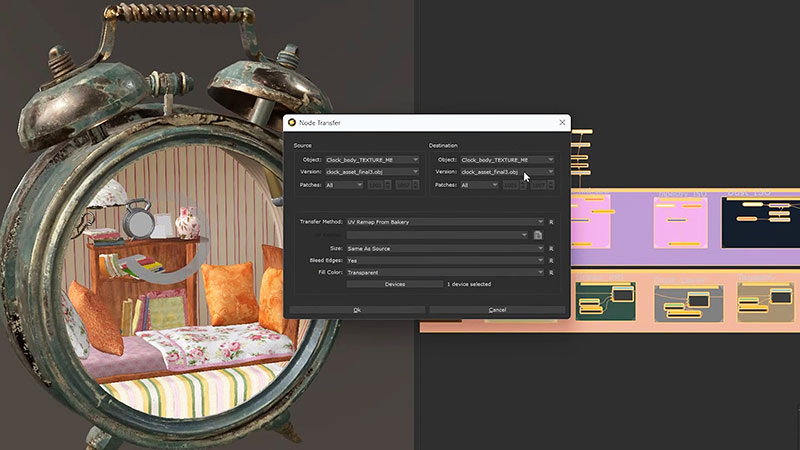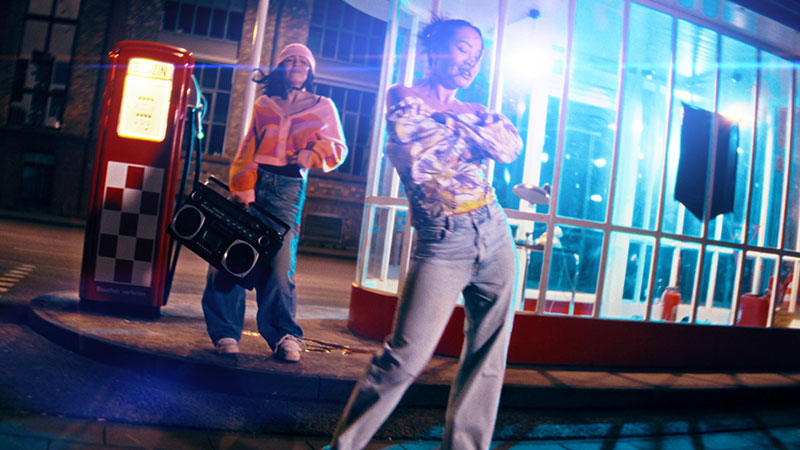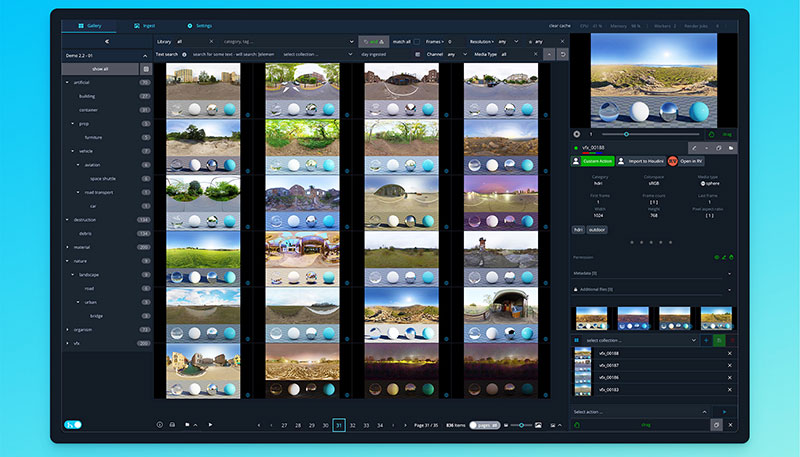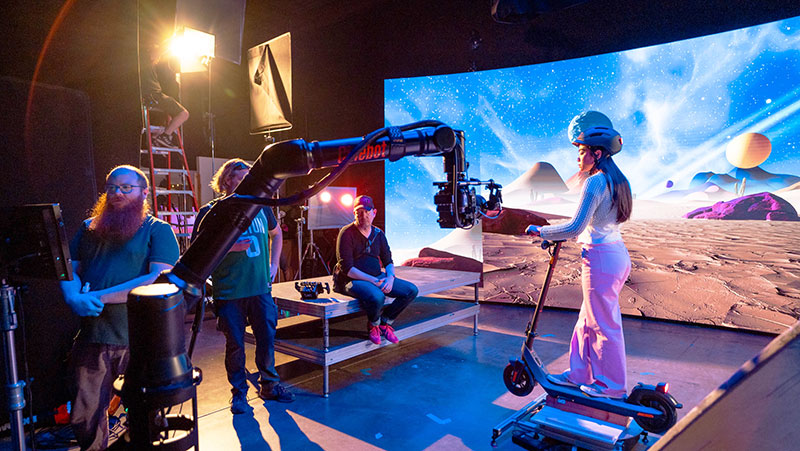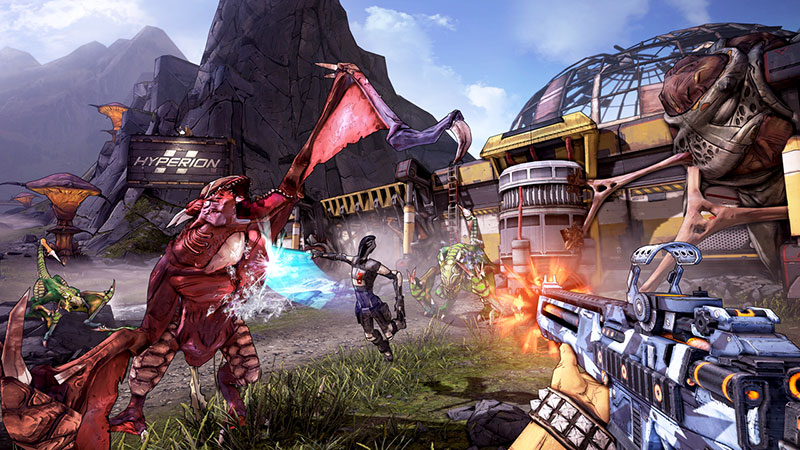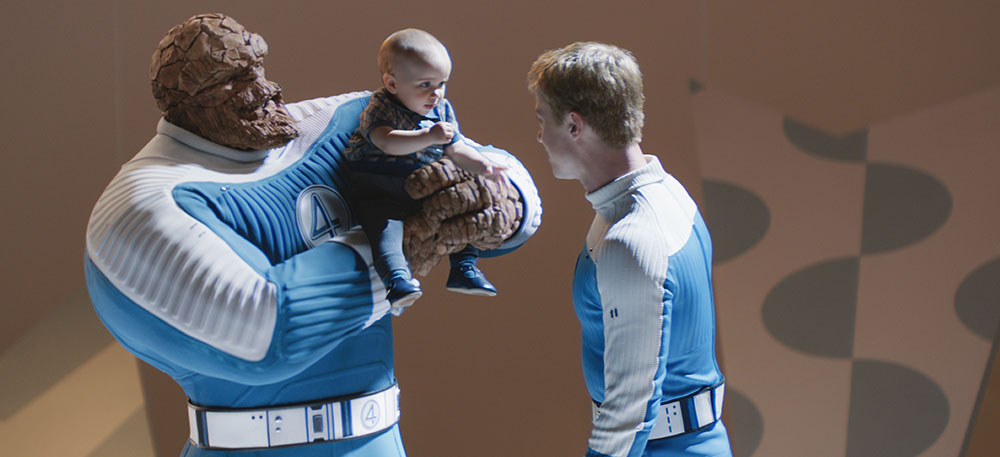V-Ray 6 Benchmark updates Chaos’ software for comparing CPU and GPU render capabilities, with test looping and a new test scene for direct NVIDIA CUDA/RTX GPU mode comparison.
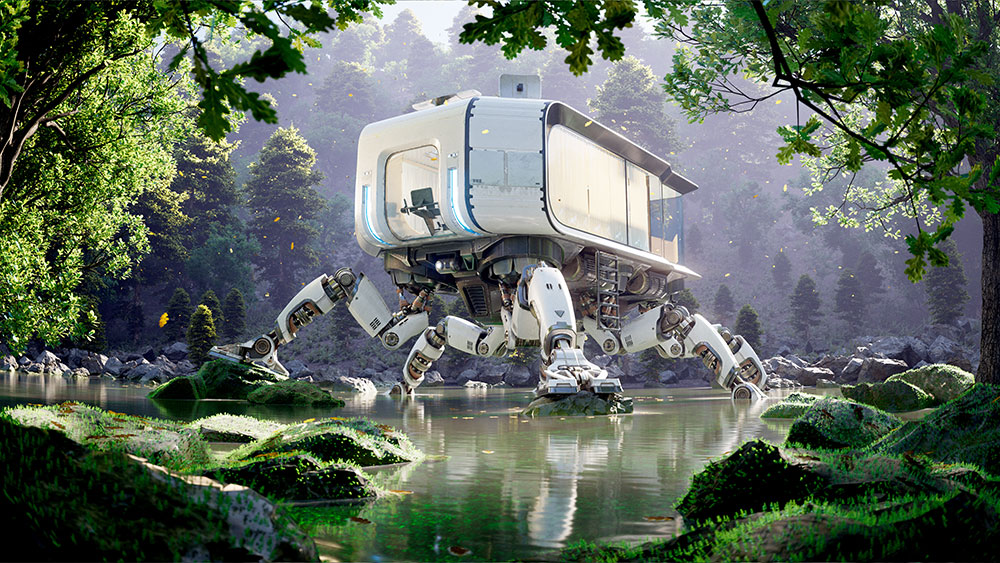
Chaos V-Ray Benchmark is a free standalone application to help artists compare the capabilities of various CPUs and GPUs by evaluating V-Ray rendering speeds. Test results are returned quickly, and the scoring method is simple. V-Ray 6 Benchmark now updates the application, adding new looping capabilities and GPU mode comparison to give users more control over the results.
Since launching in 2017, V-Ray Benchmark has become a standard recognised for new hardware testing, helping users and reviewers assess the rendering performance of laptops, workstations, graphics cards and other products. By benchmarking against one of the most commonly used renderers, users can gauge how hardware from NVIDIA, AMD, Intel and Apple handle common 3D assets like cities, characters and hard-surface models.
New Looping Tests and Render Modes
Benchmark is now able to loop users’ tests for as long as they need to. This ability gives more insights into the current capabilities of different hardware by adding a new time element.
For a comparison of GPU rendering modes, users can now run either RTX or CUDA on GPU or CPU or both, with the same test scene. This means you can directly compare between the engines on GPUs and total system performance.
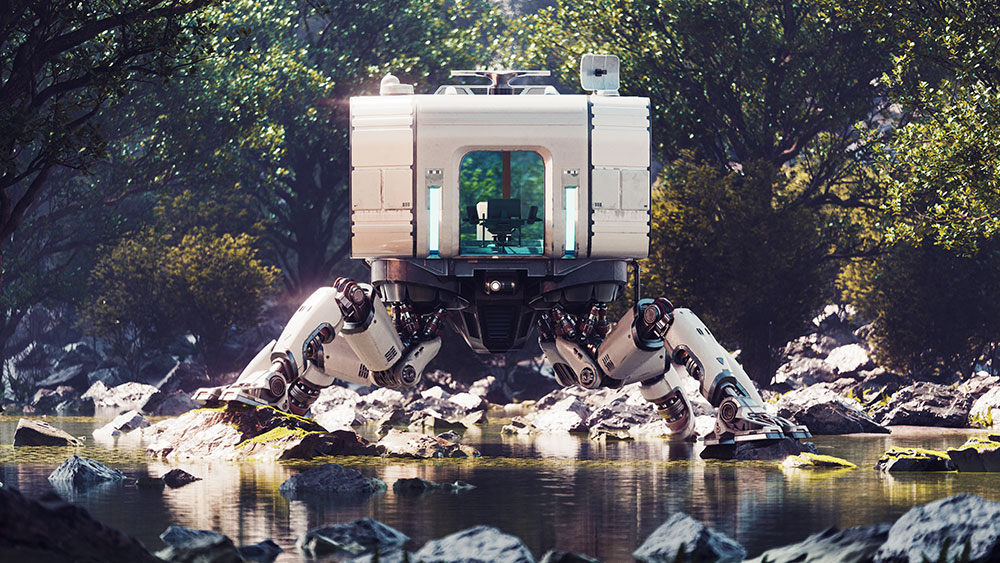
New test scene for V-Ray 6 Benchmark.
V-Ray 6's roving house model is now supplied as the Benchmark test scene for both V-Ray and V-Ray GPU. It has been shown to scale well on up to eight GPUs or multiple CPUs with up to 256 cores.
V-Ray Benchmark has new Apple chip support and can now return results for Apple M2 and M3 chips, showing users how V-Ray will respond on various Macs.
"Most rendering benchmarks are only tailored for one type of hardware — either CPU or GPU," said Phillip Miller, VP of Product Management at Chaos. "In contrast, the V-Ray 6 Benchmark effectively pushes either CPUs and/or GPUs, giving users a real-world test of their total system with highly used renderers in both visual effects production and design visualisation." www.chaos.com


